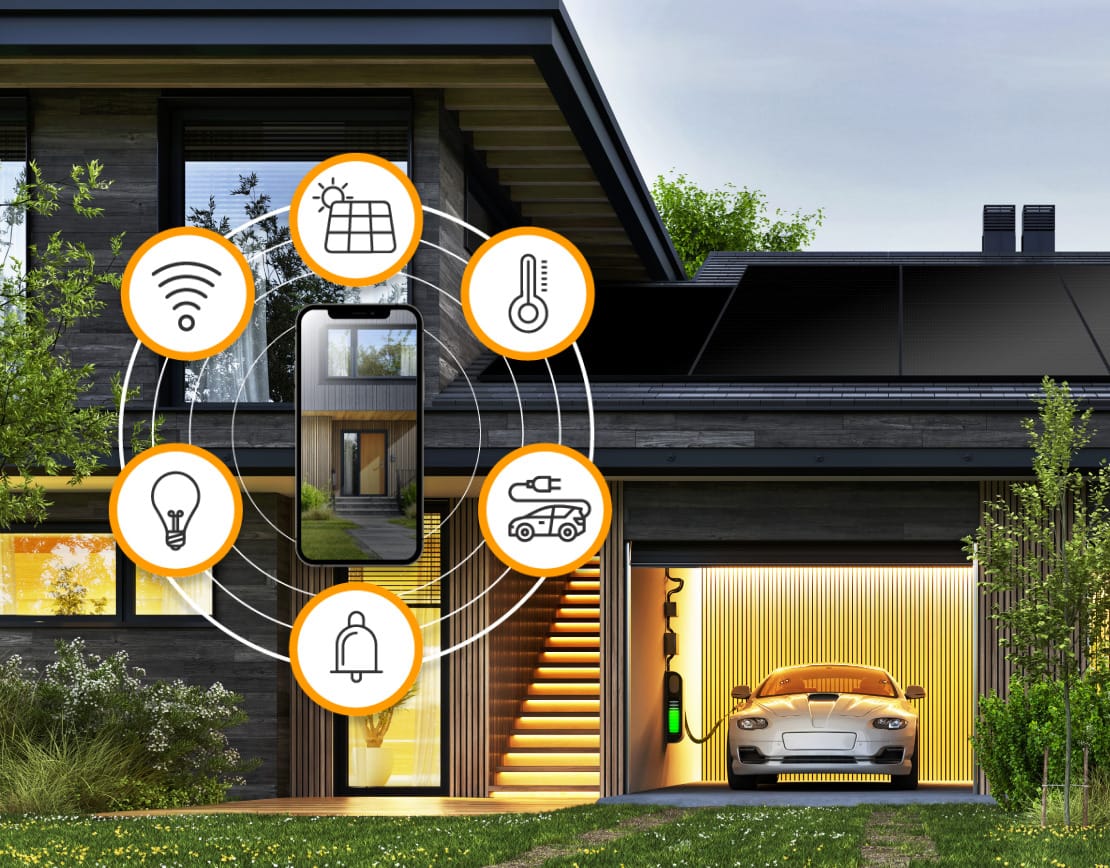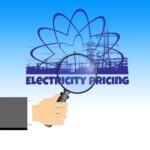The concept of smart homes has evolved from a futuristic idea to a tangible reality in recent years. With advancements in technology, homeowners can now automate and optimize their energy consumption, enhance security, and improve overall comfort. One of the most significant developments in this space is the integration of solar power systems and Energy Storage Solutions (ESS) into smart homes. This combination not only promotes sustainability but also offers economic benefits and energy independence. Let’s dive into how solar systems and ESS are transforming smart homes.
What is a Smart Home with Solar and ESS?
A smart home with a solar system and ESS combines renewable energy generation, energy storage, and intelligent energy management. Here’s how it works:
- Solar Panels: Installed on the roof or in open spaces, solar panels capture sunlight and convert it into electricity.
- Energy Storage System (ESS): Excess solar energy generated during the day is stored in batteries for use during nighttime or cloudy days.
- Smart Home Integration: A smart energy management system connects the solar panels, ESS, and home appliances, allowing homeowners to monitor and control energy usage in real-time.
Benefits of Solar-Powered Smart Homes with ESS
- Energy Independence
By generating and storing your own electricity, you reduce reliance on the grid. This is especially valuable during power outages or in areas with unreliable grid infrastructure. - Cost Savings
Solar energy reduces your electricity bills, and ESS ensures you maximize the use of the energy you generate. Over time, the savings can offset the initial investment in the system. - Environmental Impact
Solar power is a clean, renewable energy source that reduces your carbon footprint. By pairing it with ESS, you minimize energy waste and contribute to a greener planet. - Enhanced Energy Management
Smart home systems allow you to monitor energy production and consumption in real-time. You can automate appliances to run during peak solar production hours, further optimizing energy use. - Increased Home Value
Homes equipped with solar systems and ESS are increasingly attractive to buyers. They offer long-term savings and sustainability, making your property more valuable.
Key Components of a Solar-Powered Smart Home
- Solar Panels: High-efficiency photovoltaic panels to capture sunlight.
- Inverter: Converts the direct current (DC) generated by solar panels into alternating current (AC) for home use.
- Energy Storage System (ESS): Batteries like Tesla Powerwall, LG Chem, or Sonnen store excess energy.
- Smart Energy Management System: A hub that connects all components, allowing you to monitor and control energy usage via a smartphone app or voice assistant.
- Smart Appliances: Devices like thermostats, lights, and washing machines that can be programmed to run on solar power.
How to Get Started
- Assess Your Energy Needs
Determine your household’s energy consumption to size your solar system and ESS appropriately. - Choose the Right Equipment
Select high-quality solar panels, inverters, and batteries that suit your budget and energy goals. - Install a Smart Energy Management System
Integrate your solar system and ESS with a smart home platform for seamless control and monitoring. - Work with Professionals
Consult with certified solar installers and smart home experts to ensure a safe and efficient setup. - Take Advantage of Incentives
Many governments offer tax credits, rebates, and incentives for solar and ESS installations, making the transition more affordable.
Real-World Applications
- Peak Shaving: Use stored solar energy during peak demand hours to avoid high electricity rates.
- Backup Power: ESS provides uninterrupted power during grid outages, ensuring your smart home remains functional.
- Off-Grid Living: In remote areas, solar-powered smart homes with ESS enable self-sufficient living without grid access.
The Future of Smart Homes with Solar and ESS
As technology continues to advance, the integration of solar systems and ESS into smart homes will become even more seamless. Innovations like AI-driven energy optimization, vehicle-to-home (V2H) integration, and peer-to-peer energy sharing are on the horizon. These developments will further enhance energy efficiency, reduce costs, and promote sustainability.



